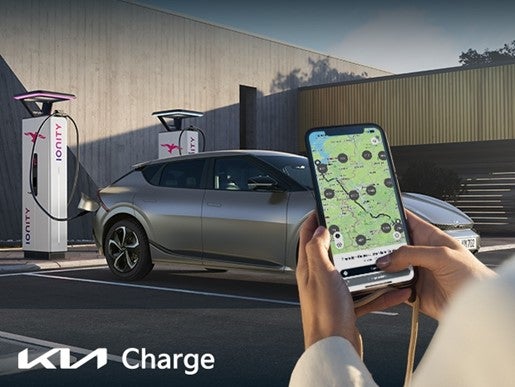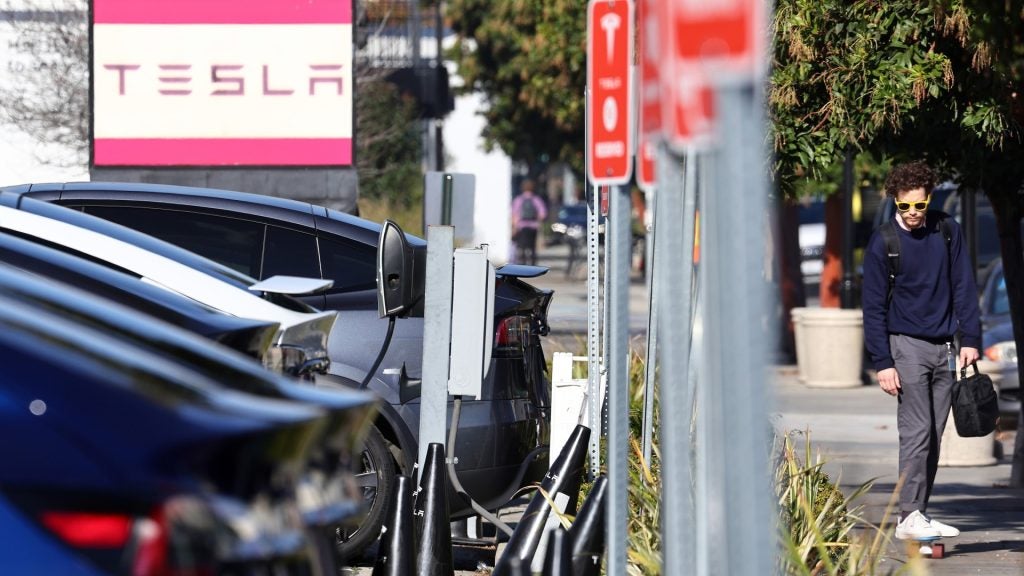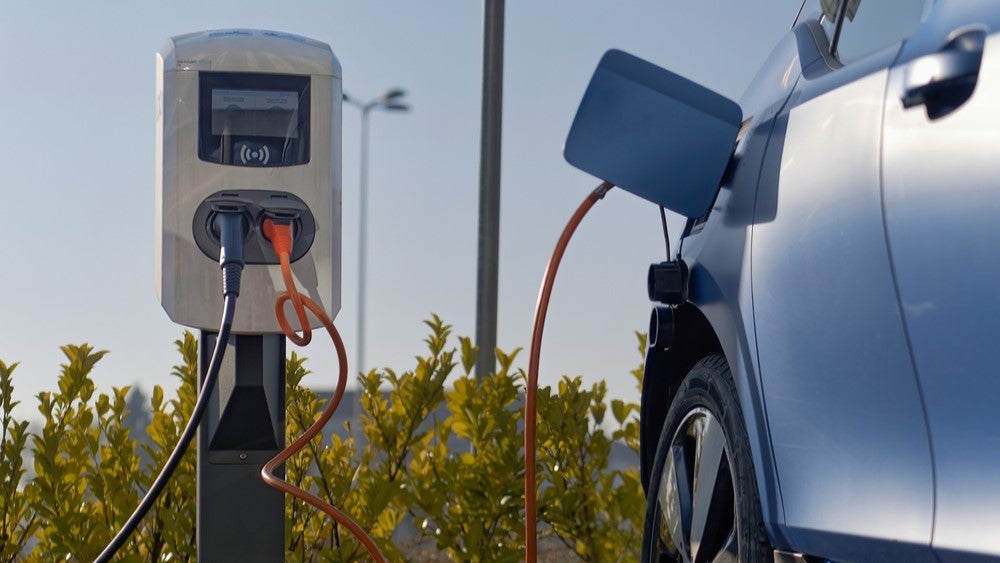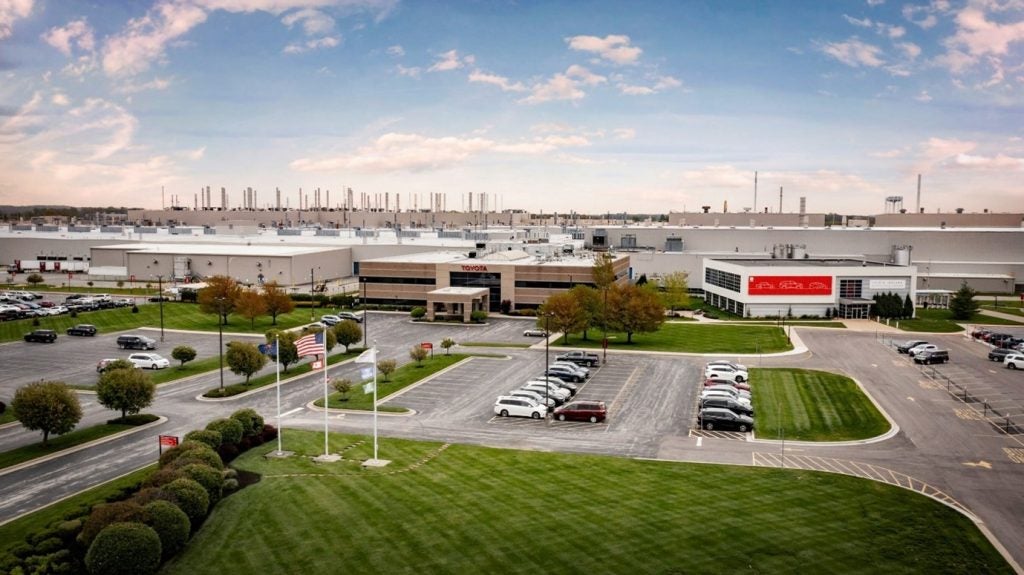| Gothenburg’s Port is to implement a set of measures to speed up the transition to fossil-free transport.
The initial step will be to have the first open-access facility in the Nordic region for electric charging and hydrogen gas for heavy goods vehicles, operational in 2022. In February, the Tranzero Initiative was presented, a collaborative venture between Volvo, Scania, Stena Line and the Gothenburg Port Authority. The aim is to speed up the transition to fossil-free transport to and from the port. An extensive study of land transport flows to and from the port was launched; now, a plan of measures is being executed to put theory into practice. The port aims to reduce carbon emissions from transport to and from the port by 70% through to 2030. On the land side, carbon emissions in the Gothenburg area will need to be cut by 23,000 tonnes if this goal is to be achieved. “Overall, the transition is not moving quickly enough for us to meet our target,” said Gothenburg Port Authority chief executive, Elvir Dzanic. “Despite an abundance of ambitions and laudable strategies in the transport sector, what is required is greater cooperation if we are to put into effect the across-the-board approach that will be required to accelerate the transition. We embarked on the Tranzero Initiative to do just that.” How well do you really know your competitors?Access the most comprehensive Company Profiles on the market, powered by GlobalData. Save hours of research. Gain competitive edge. 
Company Profile – free
sample
Thank you!Your download email will arrive shortly Not ready to buy yet? Download a free sampleWe are confident about the unique quality of our Company Profiles. However, we want you to make the most beneficial decision for your business, so we offer a free sample that you can download by submitting the below form By GlobalDataAnalysis of port data from 1m truck movements at the port, 1,000 completed questionnaires by drivers and numerous in-depth interviews with forwarders and hauliers, has produced new knowledge, resulting in a plan with measures designed to reduce emissions from transport flows more quickly. Electrified flows during the first half of 2022: “We have highlighted flows particularly suited to the transition process,” added Dzanic. “These are mainly flows that are highly repetitive, involve short distances, and include overnight parking at a depot. By the first half of 2022, we will see electrically powered transport flows in the port area.” Within the Tranzero Initiative a series of measures have been employed to transform the transport system. These will be put into effect in the next one to two years, followed by further measures further down the line. “In the immediate future there will be a series of incentives at the terminals to promote fossil-free transport and also measures where hauliers, forwarders, goods owners, as well as the government and the region are important partners,” noted Dzanic. “We have established a fruitful dialogue with all parties concerned regarding their roles.” First open-access facility in the Nordic region for charging and hydrogen gas for heavy goods vehicles: The measures to be introduced will begin with the first open-access facility in the Nordic region for electric charging and hydrogen gas for heavy goods vehicles. The fuel company, Circle K, will run the station, which will offer charging points, hydrogen gas pumps and bio-based liquefied fuels. “We are pleased as early as next year we will be able to introduce the first measures as part of the Tranzero Initiative,” said Circle K director Fuel, Johan Söderberg. “We have been working for a number of years to bring about the transition to fossil-free fuels for passenger cars with the aid of liquefied fuel alternatives and charging points. We are now moving to the next stage with charging points and hydrogen gas for heavy goods vehicles.” Charging points and hydrogen filling facilities will be developed in stages and will be available in 2022 and 2023/24 respectively. The system will then be expanded with the addition of more locations and increased capacity to keep pace with demand. The station will be at Vädermotet at the Port of Gothenburg, which is located beside the main roads leading into and out of the port. “The location has made this a much sought-after area with interest shown by lots of companies from different sectors,” added Dzanic. “It feels right on every level that we have assigned responsibility to Circle K, which will become a key player in the transition to fossil-free fuels at the port.” The station is included in the overall output strategy, where the Port of Gothenburg has an ongoing dialogue with the grid company regarding increased output requirements at the port in line with the expansion of the Tranzero Initiative. Tranzero Initiative: The Tranzero Initiative is a joint emission-mitigation project run by the Port of Gothenburg, the Volvo Group, Scania and Stena Line. The aim is to speed up the transition in the transport sector to fossil-free fuel alternatives. The focus will be on the 1m truck movements at the port each year, although the initiative also includes electrification of sea transport. The first open-access facility in the Nordic region for electric charging and hydrogen gas for heavy goods vehicles:
|







